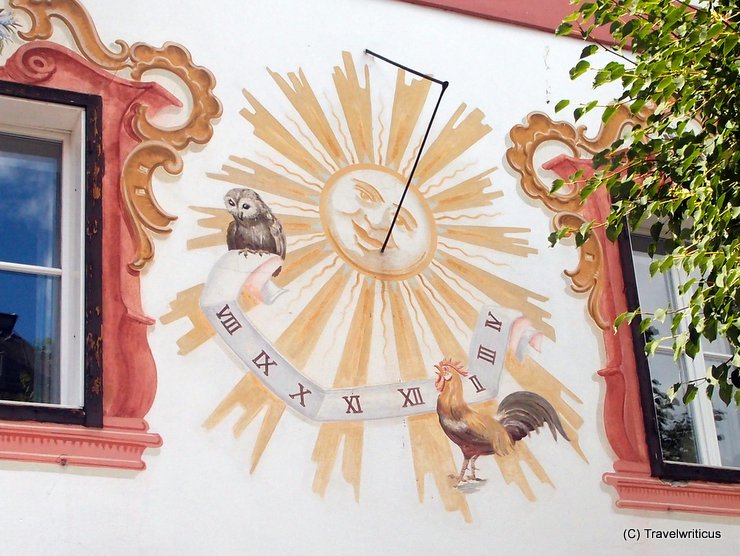
You find this sundial on a building in the Austrian city of Zell am See. A rooster and an owl represent morning and evening. Whereas the painting seems modern, the town offers several buildings dating back to the Middle Ages.
Browse through your travel destination!

You find this sundial on a building in the Austrian city of Zell am See. A rooster and an owl represent morning and evening. Whereas the painting seems modern, the town offers several buildings dating back to the Middle Ages.
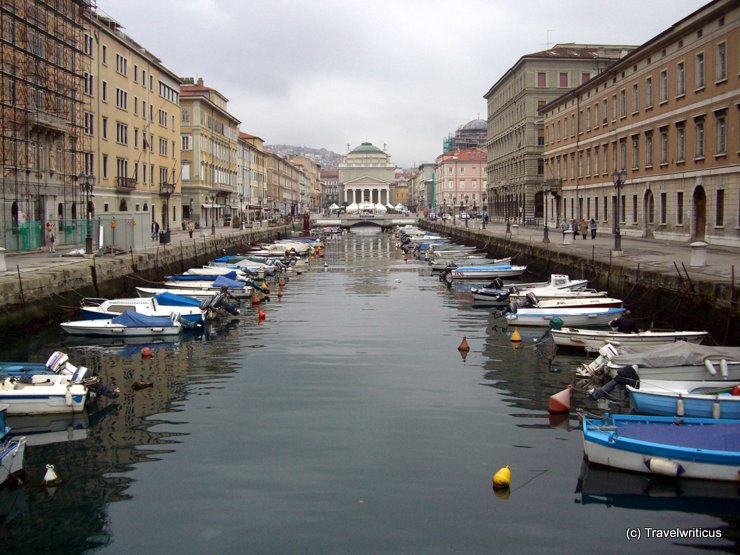
The Canal Grande is the heart of the Borgo Teresiano district, commissioned by the Austrian Empress Maria Theresa. The neoclassical building at the end of the canal is a Catholic Church (Sant’Antonio Nuovo).
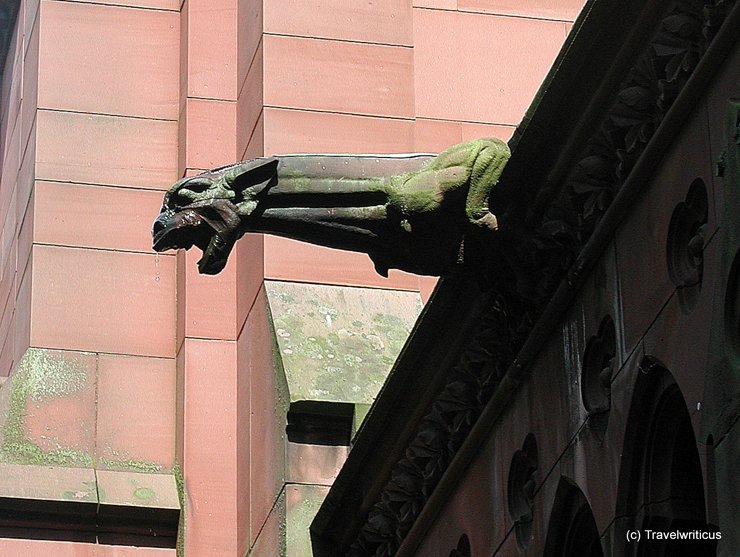
The Sepulchral Chapel (Großherzogliche Grabkapelle Karlsruhe) was commissioned by Grand Duke Friedrich I of Baden and his wife, Luise of Prussia. Five of seven Grand Dukes of Baden found their last rest in this chapel.
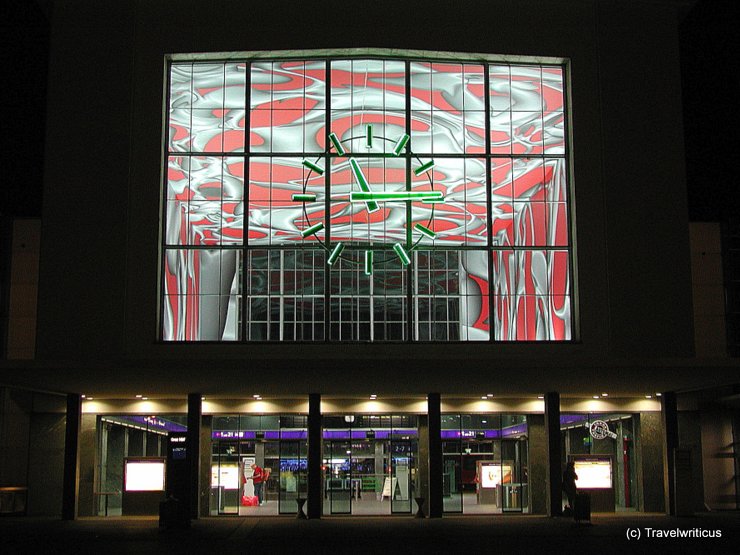
In 2003, the capital city of Styria got the title “European Capital of Culture”. In the same year, Graz Central Station saw a major renovation. Artist Peter Kogler was elected to decorate the entrance hall of the railway station.
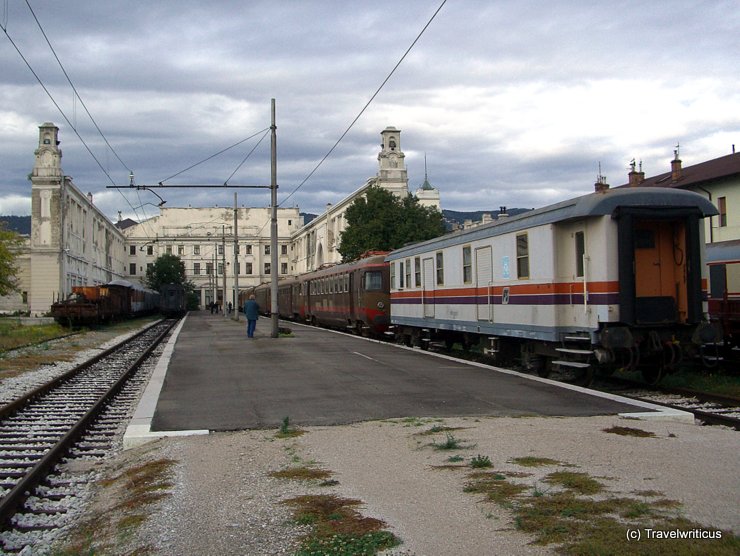
The railway museum in Trieste offers a charm of its own. The old locomotives and waggon stand inside the former station hall, which has lost its roof. That way, it is an open-air museum now.
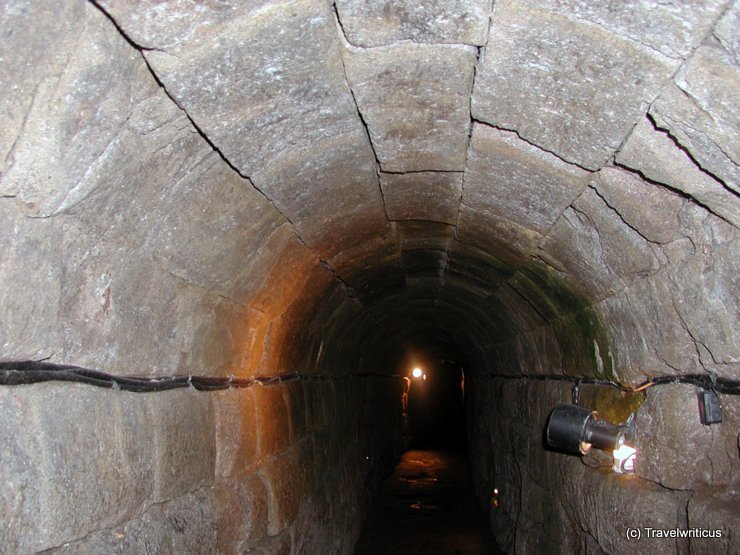
Below the Spanische Bau in Cologne, fans of Roman architecture find the remains of the ancient Roman Praetorium. Right next to these ruins, visitors have the chance to walk through a former Roman sewer below the streets of the modern city.
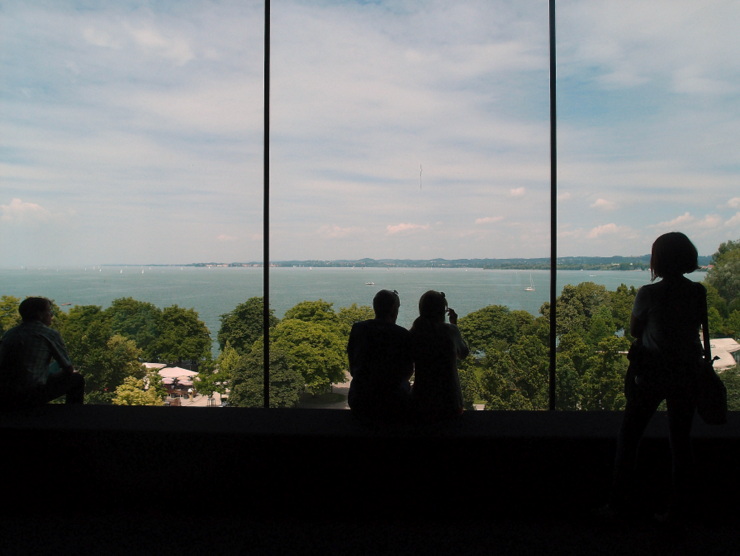
The Vorarlberg Museum in Bregenz offers a room with a great view of Lake Constance on its top floor. As its walls consist of noise-reducing material, you can enjoy the inspiring scenery in deep contemplation.
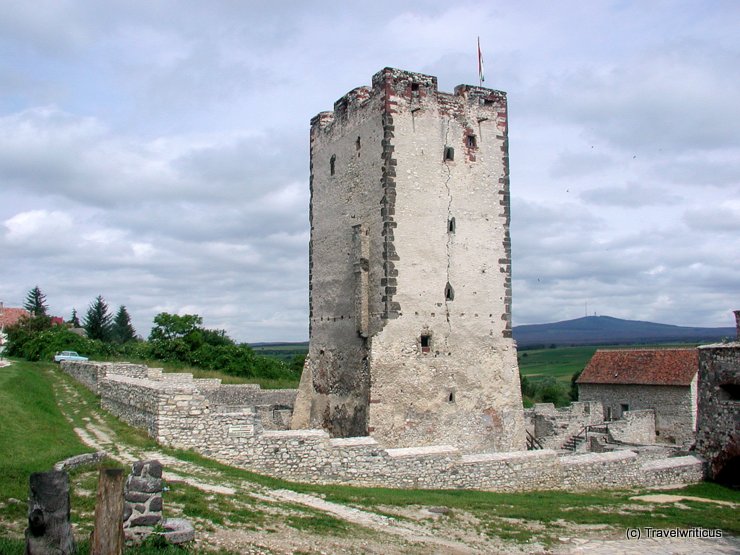
This tower is part of the former stronghold of the legendary Hungarian military leader Pál Kinizsi. By climbing up this tower of Kinizsi-vár (Kinizsi Castle), I learned something new about the interior of residential towers in earlier ages.
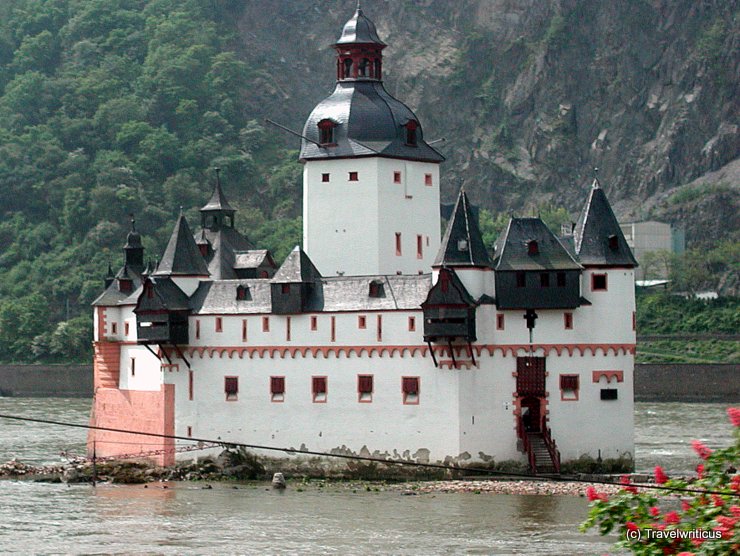
On a train journey along the Rhine Valley from Mainz to Koblenz, you experience this view of Pfalzgrafenstein Castle (Burg Pfalzgrafenstein). The building on a tiny island served as a toll station until 1866.
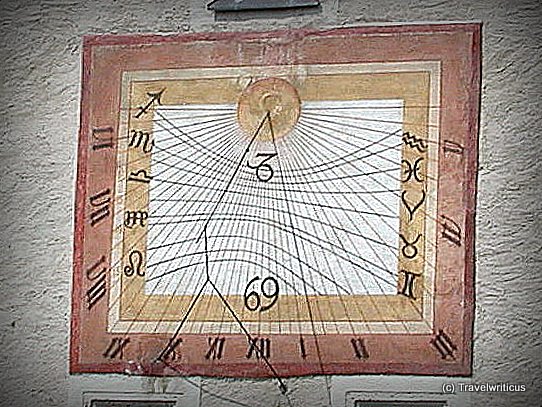
Sundial fans find this piece on an outer wall of St Mary’s Church in Maria Saal. The church is also known as Propstei- und Wallfahrtskirche Mariae Himmelfahrt or Maria Saaler Dom.

Snežnik Castle (Grad Snežnik) in Kozarišče saw its first mention in 1268. Visitors enjoy the interior and the furniture of a noble family living in the 19th/20th century. Besides, you will be delighted by its location next to a small pond.